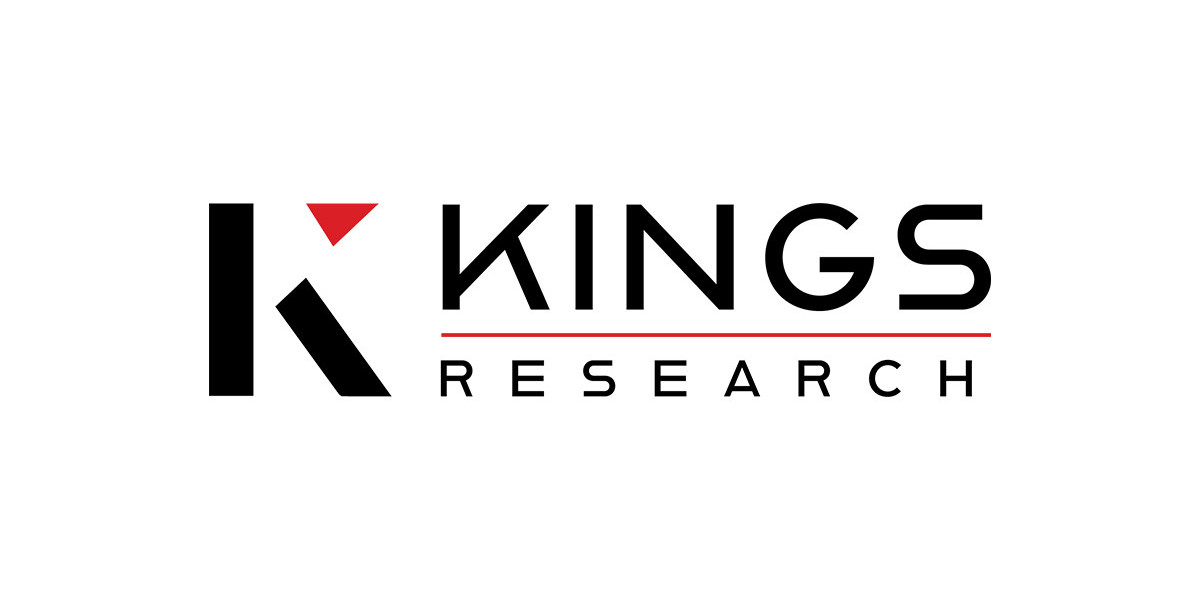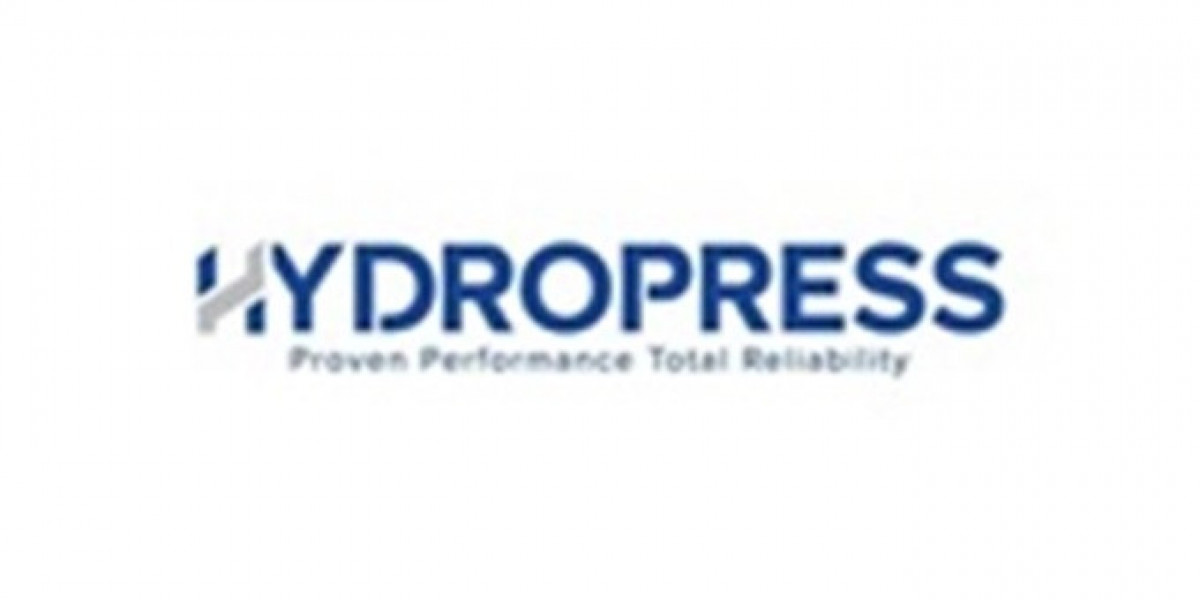If you’re considering a career in commercial driving, earning a Commercial Driver’s License (CDL) is the first step. CDL training provides the knowledge and hands-on skills necessary to operate large commercial vehicles safely. While the process might seem overwhelming, it can be broken down into a clear, step-by-step guide. This article outlines each stage of CDL class training, from eligibility requirements to obtaining your CDL, helping you better understand the entire process.
Step 1: Determine Your Eligibility
Before you begin CDL training, it’s essential to make sure you meet the eligibility requirements. These requirements ensure that applicants are physically and mentally capable of handling the responsibilities of commercial driving.
General Requirements
Age: You must be at least 18 years old to drive a commercial vehicle within your state (intrastate), but 21 years old to drive across state lines (interstate).
Driving Record: A clean driving record is critical. Serious traffic violations or a history of DUI offenses could disqualify you from obtaining a CDL.
Residency: You need proof of U.S. citizenship or lawful permanent residency. A valid Social Security number is also required.
Medical Exam
The Department of Transportation (DOT) requires all CDL applicants to pass a medical exam. A certified medical examiner evaluates your vision, hearing, and overall health to ensure you are fit to operate a commercial vehicle. Conditions like epilepsy or uncontrolled diabetes may disqualify you from obtaining a CDL.
Step 2: Choose the Right CDL Class
There are three main CDL classes—Class A, Class B, and Class C—each allowing drivers to operate different types of vehicles. Choosing the right class depends on the type of commercial vehicle you plan to drive.
Class A CDL
This is the most versatile CDL, allowing you to operate large vehicles like tractor-trailers and tankers.
You can also drive vehicles covered by Class B and C licenses.
Class A CDL holders often have the highest earning potential.
Class B CDL
Allows you to drive straight trucks, buses, and dump trucks.
You cannot operate vehicles requiring a Class A CDL, but you can drive vehicles covered by a Class C license.
Class C CDL
This is for smaller commercial vehicles that transport passengers or hazardous materials.
Common for drivers of shuttle buses or those carrying materials that require a hazmat endorsement.
Step 3: Select a CDL Training Program
Once you’ve chosen the CDL class, it’s time to find a training program. CDL schools come in various forms, including private truck driving schools, community colleges, and company-sponsored programs. The type of school you choose depends on your budget, availability, and career goals.
Private Truck Driving Schools
These schools offer comprehensive training programs specifically designed for commercial driving. Private schools are typically more expensive but often provide job placement services after graduation.
Community Colleges
CDL class training offered by community colleges is generally more affordable than private schools. They may take a bit longer to complete, but the savings can be significant.
Company-Sponsored Programs
Some trucking companies offer paid CDL training. In exchange for covering the cost of training, you agree to work for the company for a set period after you obtain your CDL.
Step 4: Complete Classroom Training
CDL training begins in the classroom. Here, students learn the theoretical aspects of commercial driving, including road safety, vehicle systems, and federal regulations. The knowledge gained during this phase is essential for passing the written portion of the CDL exam.
Topics Covered in Classroom Training
Federal Motor Carrier Safety Regulations (FMCSR): These are the rules governing commercial driving, covering everything from hours of service to vehicle maintenance.
Road Signs and Traffic Laws: You will review traffic laws and road signs specific to commercial vehicles.
Pre-trip Inspections: One of the most critical skills you will learn is how to conduct a thorough pre-trip inspection to ensure your vehicle is safe to operate.
Logbook Regulations: CDL drivers must keep detailed records of their driving hours and rest periods, and you’ll learn how to maintain an accurate logbook.
Classroom training usually lasts for the first few weeks of the program. While it may not be as exciting as the hands-on portion, it lays the groundwork for everything that follows.
Step 5: Hands-on Driving Practice
After completing classroom instruction, you’ll transition to hands-on training behind the wheel. This phase focuses on developing the practical skills needed to operate a commercial vehicle safely.
Range Training
During range training, you’ll practice driving in a controlled environment, such as a closed course or practice lot. Here, you’ll learn essential maneuvers, including:
Straight-line backing: Driving the truck backward in a straight line, is a critical skill when parking.
Alley docking: Backing into a designated space, simulating real-world loading dock situations.
Parallel parking: Yes, even commercial vehicles need to parallel park in some scenarios.
Coupling and Uncoupling: For Class A CDL drivers, coupling (connecting) and uncoupling (disconnecting) the tractor and trailer is a vital skill.
Road Training
Once you’ve mastered the basics, you’ll hit the road with an experienced instructor. This part of the training simulates real-world driving conditions. You’ll learn to navigate highways, city streets, and rural roads, dealing with traffic, weather, and other drivers.
Road training teaches you how to:
Merge onto highways
Change lanes safely
Handle sharp turns and hills
Follow safe braking and stopping distances
Step 6: Take the Written CDL Exam
After completing the classroom and hands-on training, you’ll need to pass a written test to demonstrate your knowledge of road rules, safety regulations, and commercial driving techniques.
What to Expect on the Written Test
The written test covers various topics, including:
Vehicle inspection procedures
Road signs and traffic rules
Logbook regulations
Hazardous material handling (if applicable)
The test format is typically multiple-choice, and passing scores vary by state. Once you pass the written exam, you’ll receive your CDL permit, allowing you to legally drive a commercial vehicle with a licensed CDL driver accompanying you.
Step 7: Pass the Skills Test
The final step in obtaining your CDL is passing the skills test, which consists of three parts: a pre-trip inspection, a basic control test, and a road test. This is where you demonstrate everything you’ve learned during your training.
Pre-trip Inspection
You’ll be required to inspect your vehicle and explain what you’re looking for, such as checking fluid levels, tire conditions, and brakes.
Basic Control Test
This part of the test assesses your ability to maneuver the vehicle in a controlled environment. You’ll need to demonstrate skills like straight-line backing, offset backing, and alley docking.
Road Test
The road test takes place on public roads, where you’ll be evaluated on how well you handle real-world driving situations. An examiner will assess your ability to navigate traffic, obey traffic laws, and safely operate the vehicle.
Step 8: Obtain Your CDL License
Once you’ve passed both the written and skills tests, you’re ready to obtain your CDL license. Visit your local Department of Motor Vehicles (DMV) to complete the necessary paperwork, submit your test results, and pay any applicable fees. Congratulations—you are now a licensed commercial driver!
Conclusion
Earning your CDL is a structured process that involves classroom learning, hands-on driving experience, and passing both written and skills tests. While the process may take time and effort, it’s an essential step toward starting a rewarding career in the trucking industry. By following this step-by-step guide, you’ll be well-prepared to navigate the CDL class training process and hit the road with confidence.








